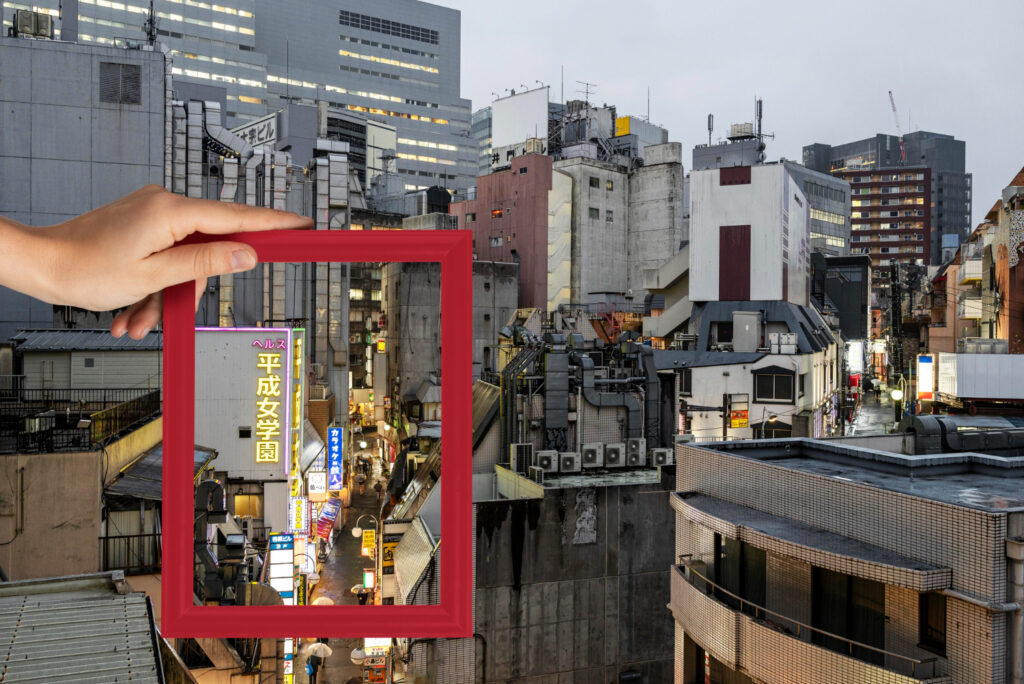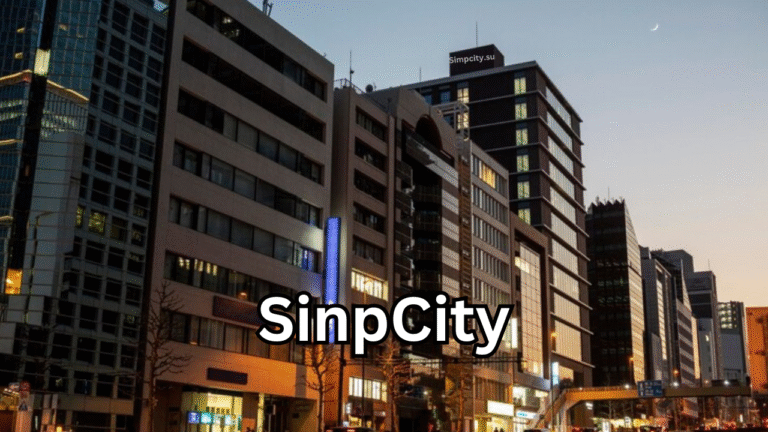
What is a Zoomtown?
The term Zoomtown refers to a new kind of city or town that has experienced a boom in population and development due to the rise of remote work. The word combines “Zoom,” the popular video conferencing tool, with “boomtown,” describing places that rapidly grow due to economic opportunity. In essence, a Zoomtown is a place where digital workers are relocating to enjoy a better quality of life while still maintaining their careers online.
The global shift to remote work after the COVID-19 pandemic made it possible for millions to live wherever they choose. As a result, small towns, rural areas, and affordable suburbs have become attractive alternatives to expensive urban centers.

The Rise of the Zoomtown Movement
Before 2020, tech professionals and digital workers were often tied to big cities like San Francisco, New York, or London. These cities offered job opportunities, networking, and advanced infrastructure. However, as companies adopted remote and hybrid work models, employees realized they could live anywhere without sacrificing their careers.
This gave birth to the Zoomtown movement, where smaller communities suddenly saw an influx of remote workers. Towns once considered sleepy or outdated became thriving digital hubs, supported by coworking spaces, startups, and new local businesses.
Why People Are Moving to Zoomtowns
Several factors are driving the popularity of Zoomtowns. Let’s explore why so many people are leaving large metropolitan areas for smaller, more affordable communities.
1. Lower Cost of Living
One of the biggest attractions of a Zoomtown is affordability. Major cities often have high rents, expensive groceries, and costly lifestyles. In contrast, smaller towns offer cheaper housing and lower daily expenses, allowing remote workers to save money or enjoy more comfort for the same budget.
2. Better Quality of Life
Remote workers are now prioritizing lifestyle over location. Zoomtowns often offer cleaner air, less traffic, more green spaces, and closer communities. Many professionals report feeling happier and more balanced after moving away from overcrowded cities.
3. More Space and Privacy
In a big city, people are often limited to small apartments. In a Zoomtown, however, they can afford larger homes with offices, backyards, and quiet surroundings—perfect for focused online work and family life.
4. Strong Internet and Digital Infrastructure
A key factor in the rise of Zoomtowns is improved internet connectivity. Local governments and private companies have invested in high-speed broadband networks to attract remote professionals. As long as workers can join Zoom calls without lag, they can live almost anywhere.
5. Community and Connection
Contrary to the belief that remote work is isolating, Zoomtowns often create close-knit communities. Remote workers gather at cafes, coworking spaces, and social events, forming new friendships and professional connections outside of big cities.

Examples of Popular Zoomtowns
Across the United States and other parts of the world, certain towns have become hotspots for remote professionals.
- Bend, Oregon – Known for its outdoor activities and relaxed lifestyle, Bend has become a top destination for tech workers leaving California.
- Boise, Idaho – Affordable housing and a growing tech scene make Boise a model Zoomtown.
- Asheville, North Carolina – Artists, entrepreneurs, and freelancers are drawn to its creative atmosphere.
- Austin, Texas – Though already a tech city, Austin exploded with new residents working remotely from companies elsewhere.
- Lisbon, Portugal – A global Zoomtown favorite, offering digital nomads great weather, culture, and affordability.
These examples show that the concept of a Zoomtown isn’t limited to one country. It’s a global trend reshaping where and how people live.
How Zoomtowns Benefit Local Economies
The rise of Zoomtowns has had a significant economic impact. As remote professionals move in, they spend money locally, support small businesses, and even start their own companies. Real estate markets often grow, new restaurants open, and coworking spaces thrive.
Moreover, local governments gain more tax revenue, allowing them to improve infrastructure, parks, and community services. This creates a cycle of growth and modernization that benefits everyone.
The Challenges of Becoming a Zoomtown
While the Zoomtown trend has many positives, it also presents challenges. Rapid growth can lead to housing shortages, higher rents, and traffic congestion. Long-time residents may find it difficult to afford homes as property prices rise.
In addition, some communities struggle to maintain their original charm as they adapt to an influx of newcomers. Balancing modernization with preservation is key to sustainable growth.
How to Identify or Build a Future Zoomtown
If you’re looking to move or invest in the next great Zoomtown, here are a few signs to watch for:
- Strong internet infrastructure – High-speed connectivity is essential.
- Affordable housing market – Costs should still be reasonable compared to big cities.
- Community development – Look for coworking spaces, cafes, and cultural centers.
- Proximity to nature – Parks, hiking trails, and outdoor recreation attract digital professionals.
- Local government support – Towns that promote remote work or digital nomad visas tend to grow faster.
Investors, entrepreneurs, and real estate developers are already scouting for the next rising Zoomtowns. Cities that meet these criteria could see rapid development in the next few years.

Zoomtowns and the Future of Work
The rise of Zoomtowns reflects a larger shift in how we think about work and life balance. Remote work has evolved from a passing phase into the new standard for the modern workforce. Companies have realized that productivity doesn’t depend on office attendance but on trust and flexibility.
As technology continues to advance, more people will choose to live in places that align with their personal values, not just their job locations. The Zoomtown trend could redefine urban planning, real estate, and even education systems, as schools and services adapt to this new digital lifestyle.
Will Zoomtowns Replace Traditional Cities?
While Zoom towns are booming, they won’t completely replace major cities. Urban centers will always offer unique opportunities, cultural attractions, and specialized industries. However, the balance of population and innovation is shifting. Instead of being concentrated in a few metropolitan hubs, economic activity is becoming more distributed across smaller towns and communities.
This decentralization could lead to a more sustainable and balanced future, reducing overcrowding and giving more regions a chance to thrive.
Final Thoughts
The rise of Zoom town marks a revolutionary change in how people live and work. It represents freedom, flexibility, and the power of technology to reshape society. As more individuals embrace remote work, Zoom towns will continue to grow—creating new opportunities for innovation, investment, and community building.
If you’re considering a move or an investment, now might be the perfect time to explore the world of Zoom towns. The future of work is already here—and it’s not tied to any single city.
Also Read: Mike Rattler: The Rising Star Everyone Is Talking About






1 thought on “Zoomtown: How Remote Work is Transforming Small Cities into the New Tech Hubs”
Comments are closed.